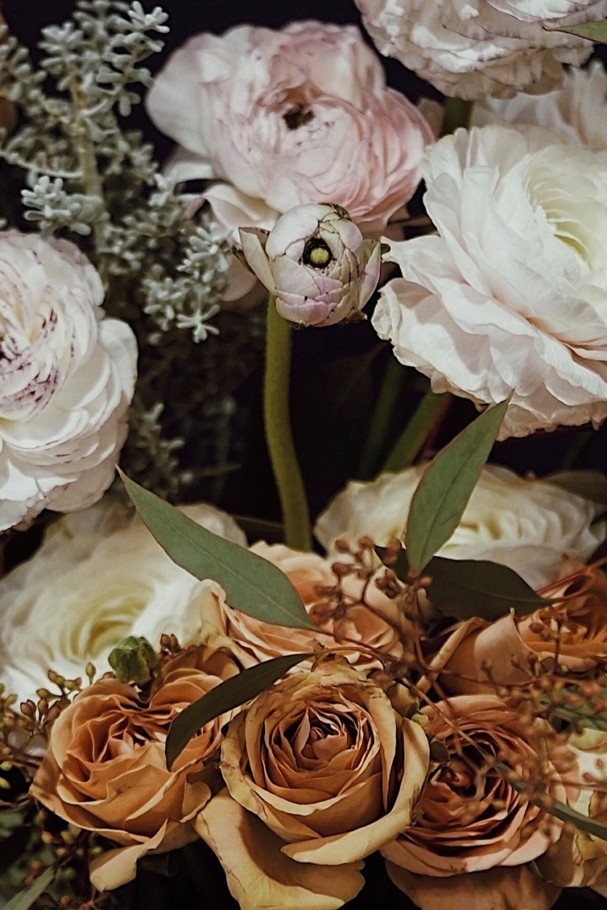
Bevin Elias Designed his Ideal World.
Photography: Steven Baboun
Words: Steven Baboun
Steven Baboun is a queer Haitian-Syrian artist from Port-au-Prince, Haiti, and based in New York City. He received a Bachelor’s degree in Film and Media Arts and a minor in Education Studies from American University in Washington, DC. Additionally, Baboun graduated from Parsons School of Design with a Master of Fine Arts Photography. Baboun is a lens-based artist creating through photography, video, performance, and installation.
His practice consists of creating in collaboration with different marginalized or unrepresented communities, and identities in his homeland of Haiti such as the queer community, the multicultural community (i.e. the Haitian-Syrian community), and the religious community (i.e. Haitian Vodou). Outside of his fine art practice and research, Baboun has tackled several projects in music, fashion, and editorial.
Baboun presents to the world the complexities of Haitian society and how Haiti is an incubator for innovation, creativity, and storytelling. His work has traveled to Los Angeles, Haiti, Miami, South Korea, China, Netherlands, and New York City. He has shown at El Rincón Social during Fotofest in Houston, Texas, an online show hosted by Dab Art on artsy.net, Platfrom-L Contemporary in Seoul, South Korea, the Pingyao International Photography Festival in Shanxi, China. Currently, Baboun is the co-founder of an arts organization called The Pandemic Archive, sharing work from artists around the world as they make work in quarantine or during the COVID19 outbreak.
Short writing piece, from my thesis paper and research:
“My contribution to art at its core— as long as I am blessed to keep making work, as long as I am an artist on this earth— is to always better and advance Haiti, my country. I grew up very aware of the imageries and narratives that have been constructed by Western media about Haiti. I grew up with endless imagery of suffering, poverty, and destruction of Haiti all framed by the West– never told from our point of view.
As a child, I was always angry at the news. I was angry at how poorly the world treated and portrayed Haiti— the media, academia, art. We get pushed back, we get criticized, we must work a hundred times harder to show our worth and potential. Because we were the first Black republic and overthrew Western colonizers, the West continues to oppress us in many ways today— economically and intellectually. I remember during the 2010 Haiti earthquake, I truly noticed how much we were visually blemished by the West. I recognize how horrific this disaster was and how deeply devastating it was to lose our brothers and sisters. That pain will never leave me. But for months and months and months, all I consumed were endless visuals of disaster, of our people and country hurting, people crying out in the streets, and the showcasing of how Haiti’s healthcare system and government is ineffective and primitive— and in need of saving. For how many months, years, days can you recycle the same imagery until you convince your Western audience that Haiti is a wasteland? As a cultural maker, my practice must dismantle this toxic narrative fabricated by the West. It is to take ownership of our own narrative, whatever story we may choose to present to the world. It is our duty to tell our country’s story.
My artistic practice has always been a defense mechanism— to counteract these harmful imageries and narratives of my country and to liberate stories of color, diversity, love, identity, truth. I am tired of defending. Now, I simply exist as a Haitian body, as an act of rebellion. Whatever I do, it is for the betterment of the Haitian reality with everyone and everything it encapsulates.
This drive to visually uplift and defend my country has always been a fiery force in my life. If it has to start with a narrative about my family, sexuality, or gender, which is a fragment of the Haitian reality, a moment in the Haitian experience, so be it.
Further, my artistic practice is a space where people enter not as an outsider looking in, but as an invited guest, neighbor, or friend coming closer— approaching the realities they may not be used to. My practice is a space for everyone to peak in, to put their ear against the wall and listen to the echoes from the other side. My work is not here to accentuate cultural or linguistic barriers, it is to incite curiosity and unity, to let the work exist as it is. I am not here to give you the full picture or an intricate backstory to make you fully grasp the work or make you feel comfortable approaching it. I am here to present a fragment, a moment, an issue, a victory, a slice of reality.”








